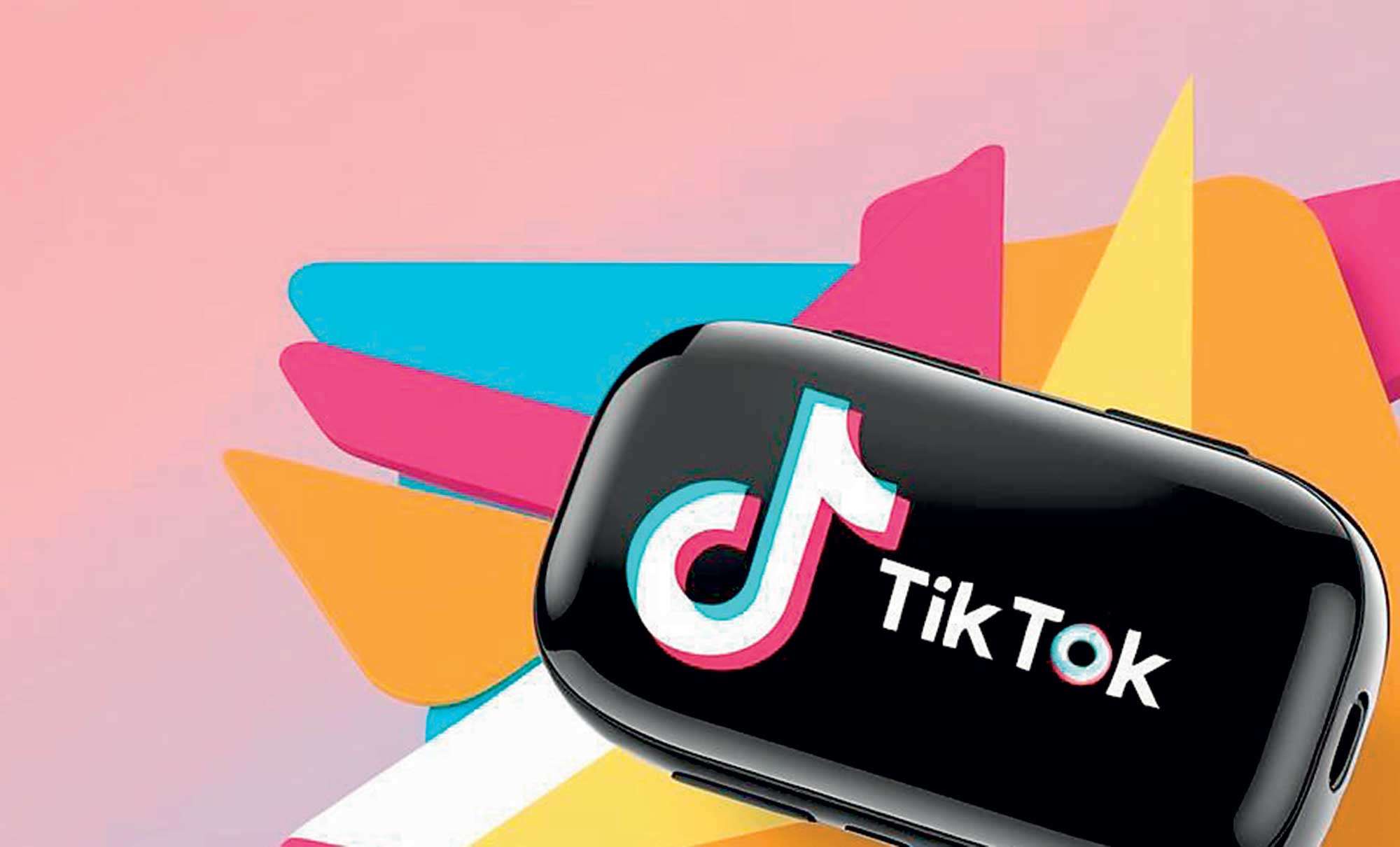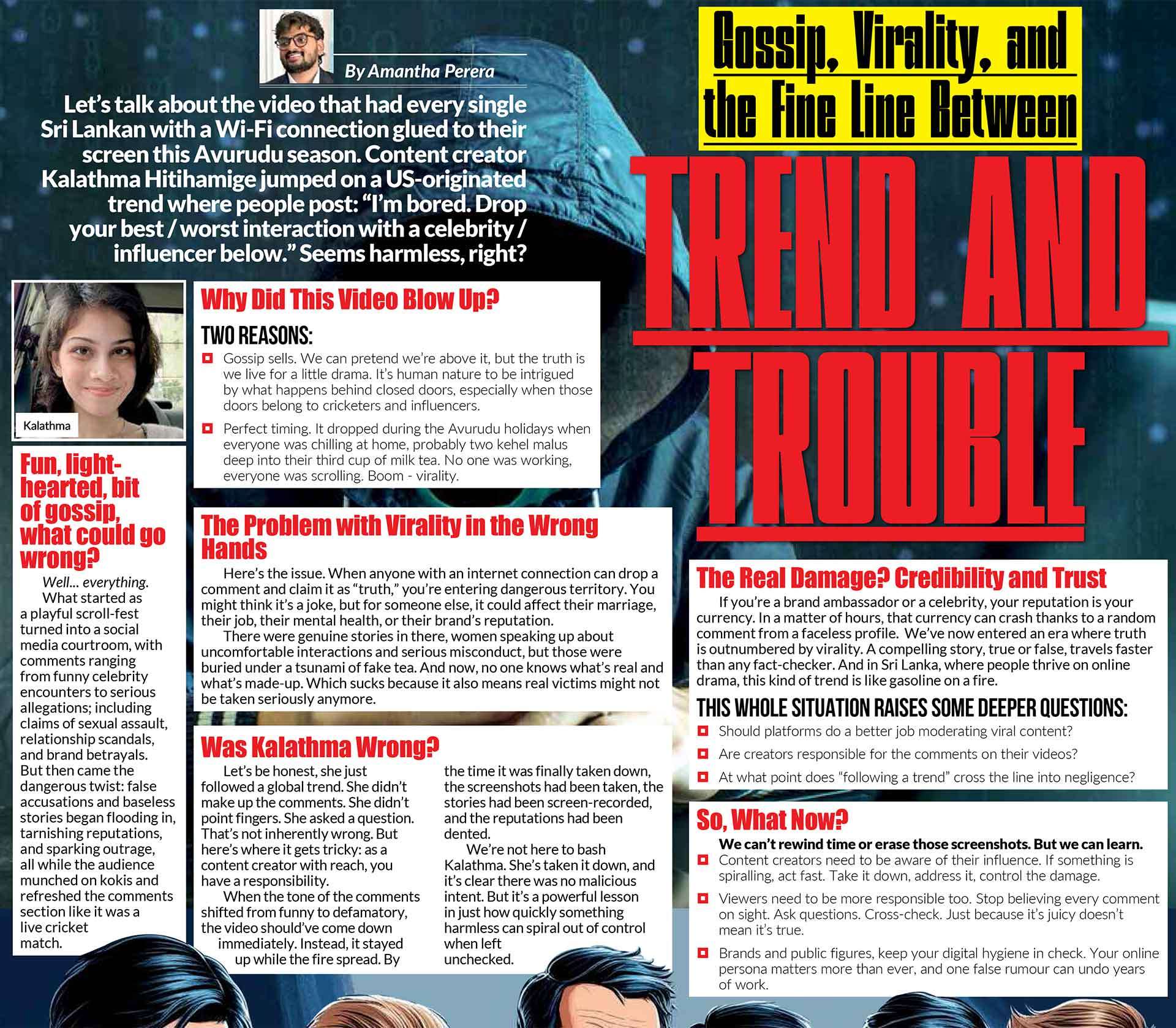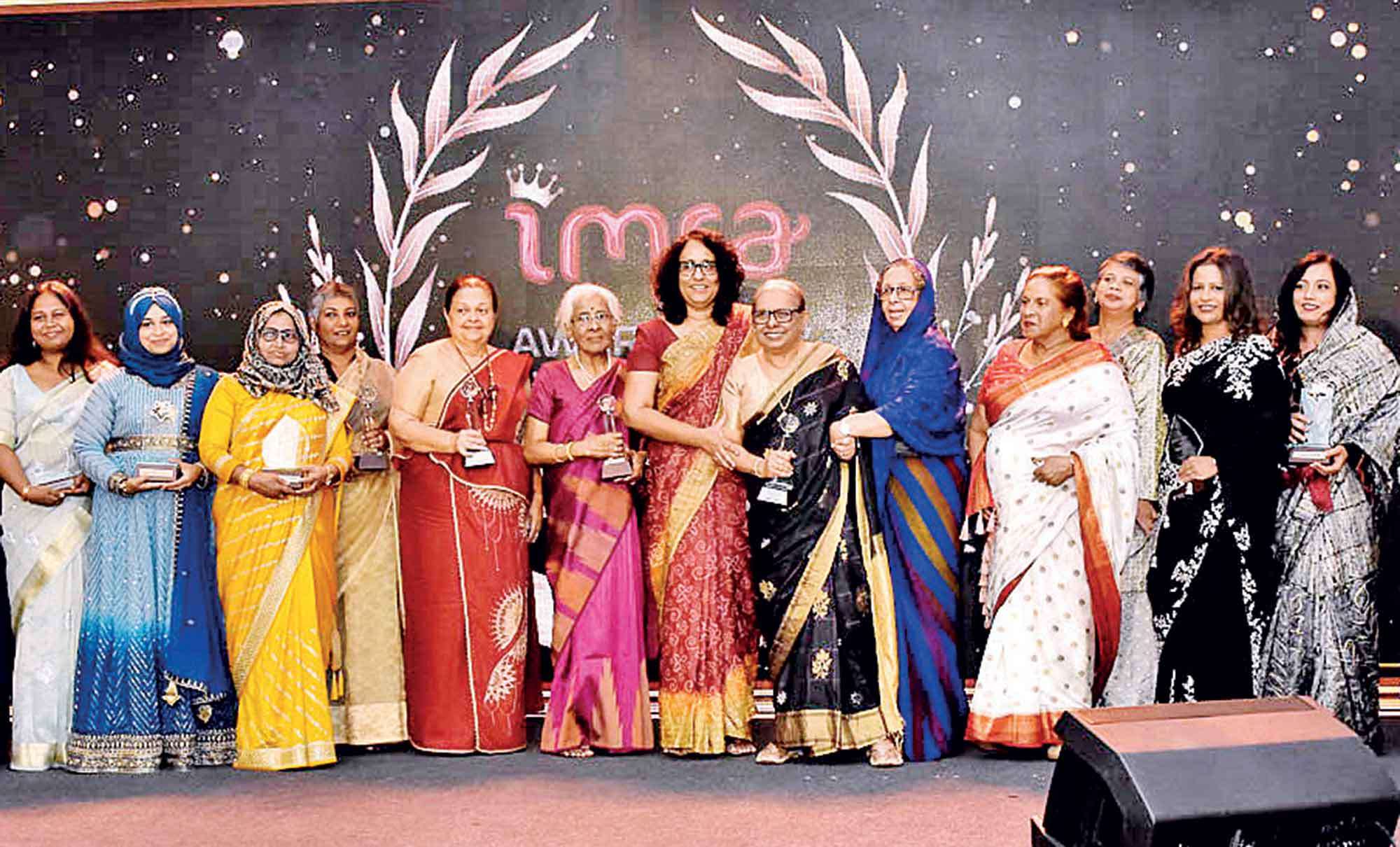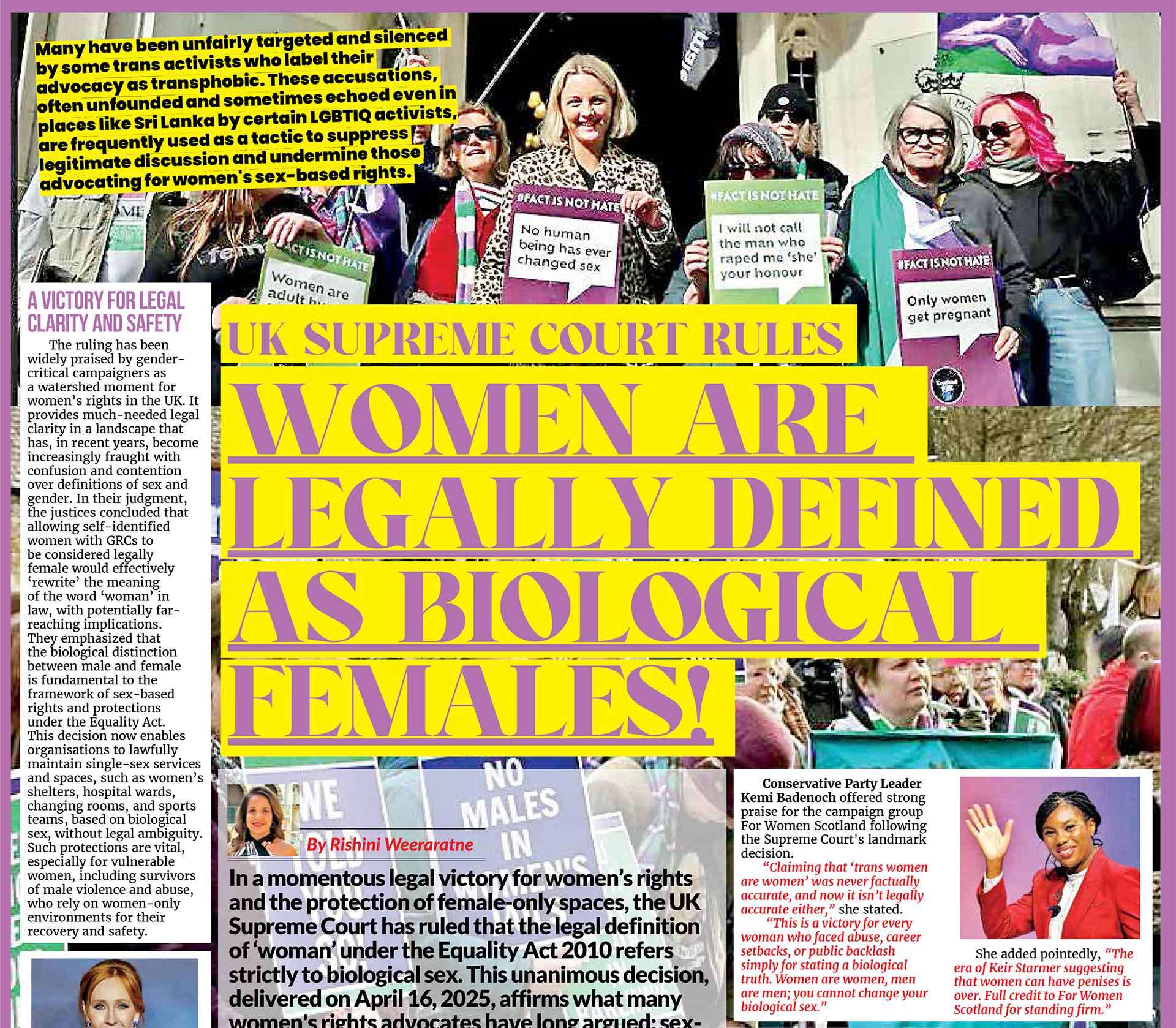

By: Amantha Perera
Influencer Marketing: Is It Working, or Are We Doing It Wrong?
Influencer marketing has changed the marketing landscape in Sri Lanka. There’s no doubt - it works. But only when done right. The problem? More often than not, it’s being completely butchered.
The Power of Niche Influence
A good influencer has an engaged, niche audience that trusts their opinions. Take a fitness trainer, for example. Their audience follows them for health and wellness advice, so if they recommend a protein supplement or a workout app, their followers are far more likely to listen and consider purchasing. That’s how influencer marketing should work. But in Sri Lanka, influencer collabs are often treated like a popularity contest rather than a strategic marketing tool.
Here’s how it usually goes:
1. 2. 3. A marketing agency sends a client a list of Sri Lanka’s “top influencers” - without even checking if their audience aligns with the brand’s target market. The brand picks an influencer based purely on follower count. (Pro tip: follower count doesn’t mean influence. Engagement does.) The agency hands over a pre-written script and asks the influencer to post it. And then, shocker; the campaign flops. No proper lead generation, no real impact, no ROI. Why? Because of two major mistakes.
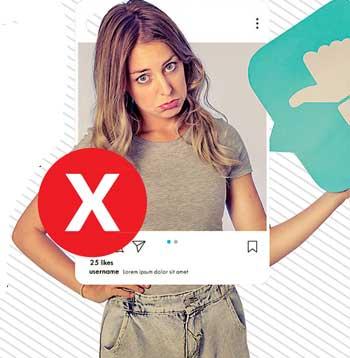 Mistake #1: The Wrong Influencer for the Wrong Brand
Mistake #1: The Wrong Influencer for the Wrong Brand
Imagine a high-end luxury watch brand partnering with a teenage TikToker whose audience is 15-year-olds. Or a beauty brand working with a tech YouTuber who has never mentioned skincare in his life. This happens all the time. Instead of carefully selecting influencers who actually resonate with their audience, brands go for whoever has the most followers or is currently trending. What they don’t realize is that misaligned partnerships lead to wasted money and zero conversions.
Mistake #2: Forcing Influencers into a Scripted Box
Here’s something brands and agencies forget: An influencer knows their audience better than anyone else. Yet, brands insist on handing over rigid scripts, completely disregarding the influencer’s natural tone and personality. The result? A robotic, unauthentic ad that sticks out like a sore thumb. Viewers can immediately tell when an influencer is forcing an endorsement. Worst case scenario? It backfires and damages both the brand’s credibility and the influencer’s reputation. If you’re working with an influencer, let them do what they do best—communicate with their audience in their own way. Give them a clear brief but trust them to integrate the message naturally.
Influencers, You’re Not Off the Hook Either
Of course, brands aren’t the only ones to blame. Influencers, you’ve got some explaining to do too. Yes, we know, brand deals pay the bills. But not every brand deal is worth taking. Promoting direct competitors within the same month? Shady. Endorsing a product you’d never actually use? Even worse. Your followers aren’t stupid; they notice when you’re just in it for the money. Authenticity is everything. If you don’t genuinely believe in a product, don’t promote it. Your influence is your currency; don’t devalue it.
2025: The Year of the Micro-Influencer
This year, I believe micro-influencers (those with smaller but highly engaged followings) will dominate. The age of relying on the same handful of “famous” faces is over. Brands are waking up to the fact that engagement and authenticity matter more than follower count. A micro-influencer with 5,000 dedicated followers can drive more conversions than a big-name influencer with 50,000 passive scrollers. If you’re a brand, start looking beyond just the numbers. If you’re an influencer, be selective with your partnerships. Influencer marketing can work - but only if we stop treating it like a superficial trend and start using it strategically. Enough with the lazy collaborations. Let’s do better.


